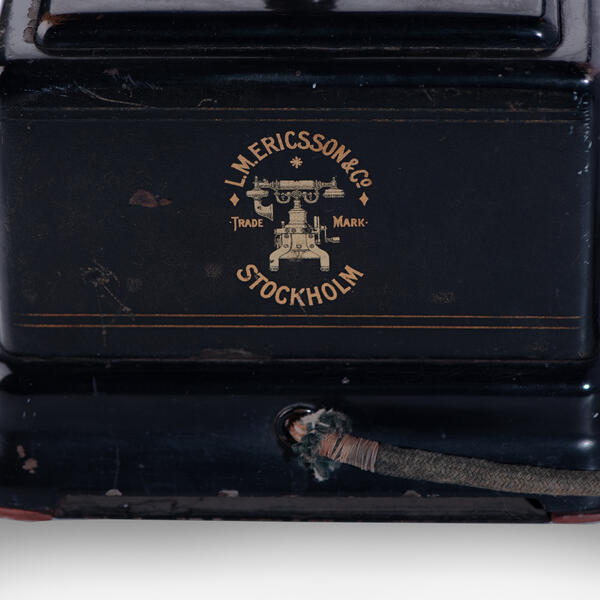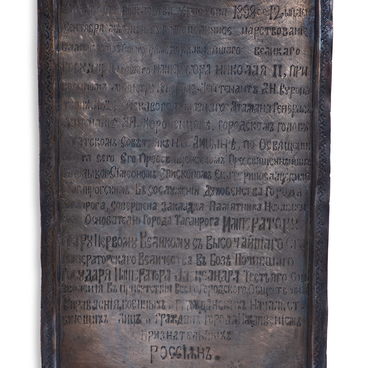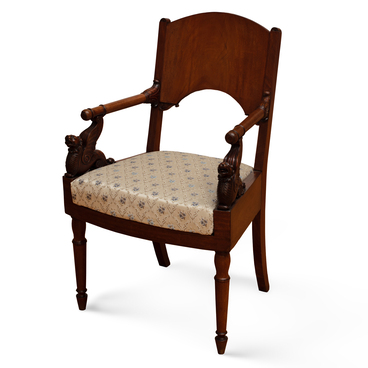The telephone set from the museum collection was manufactured by the company “L.M. Ericsson & Co” in the first quarter of the 20th century. The Swedish company was founded in Stockholm by the inventor Lars Magnus Ericsson in 1876. Phones produced by the company were known for their high quality, and clear, loud sound. The Ericsson telephone was even referred to as “the Rolls-Royce of telephones”.
“L.M. Ericsson & Co” devices quickly conquered the market. They were most popular in the Russian Empire. In 1897, the company established a branch in St. Petersburg. Initially, it operated as a workshop on Vasilyevsky Island, but two years later, the construction of a factory began in the Vyborg Side of St. Petersburg.
Several years earlier, in 1889, the idea of telephone communication in Taganrog was first proposed. At that time, 85 citizens expressed their wish to own telephones. An annual service charge of 200 rubles was suggested. To put this into perspective, back then, sturgeon cost 10 rubles per pood (approximately 16 kilograms), vodka cost 6 rubles per bucket (12.3 liters), and meat cost 9 kopeks per pound (approximately half a kilogram). A horse cost 200 rubles.
On March 6, 1890, the Taganrog Bulletin reported that a telephone line had been put into operation the day before. Initially, there were about 50 subscribers, with the service charge being slightly lower than initially proposed — 125 rubles.
The first Taganrog telephone book was published in 1895. It consisted of only one page and contained a list of 112 subscribers. Most of them were organizations, offices, shops, warehouses, and pharmacies. The list also featured a small number of private individuals.
The very same year, long-distance communication between Taganrog and Rostov was established, with 387 subscribers using the line. In 1911, the service charge for individuals was halved, and the number of subscribers in Taganrog exceeded 400 individuals and organizations. The telephone exchange was located in the same building as the post office.
In October 1927, the long-distance telephone exchange was relocated to the former Davidovich House at 38 Frunze Street, along with the Main Post Office. By 1931, there were 850 subscribers in Taganrog. By the beginning of 1940, over 1,600 of more than 180,000 citizens had phone numbers.


